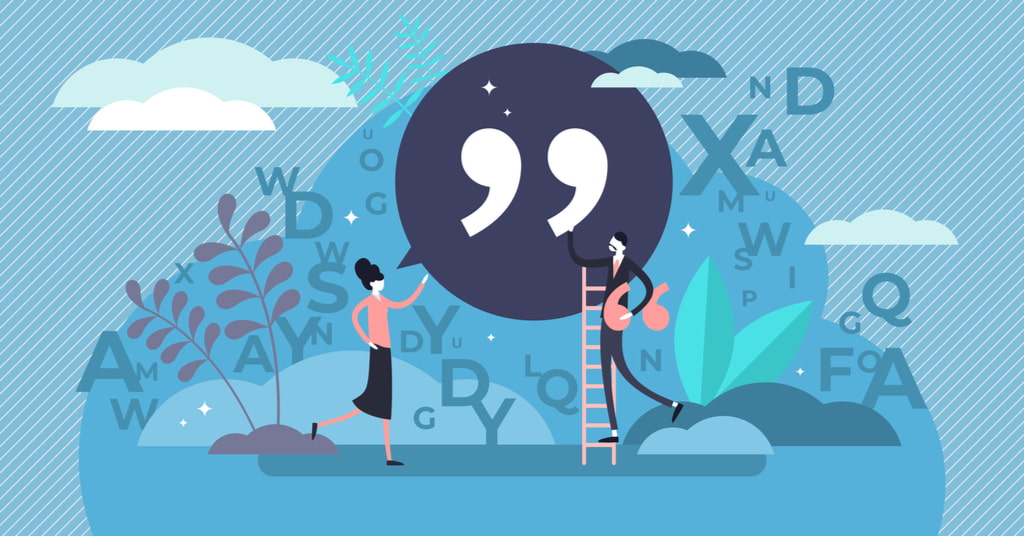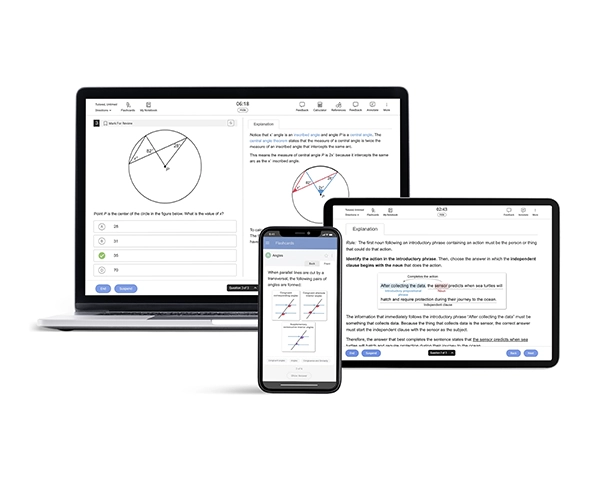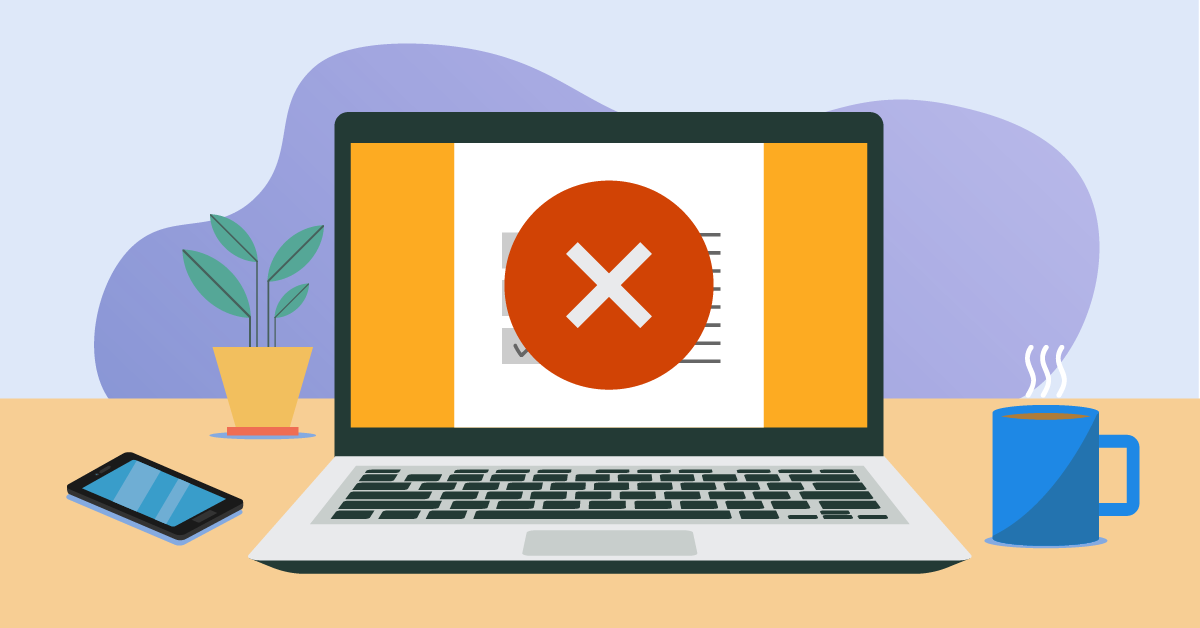Punctuation errors will need to be identified and/or edited in the SAT® exam. Here are some tips to help you succeed with punctuation questions by improving your use of commas, colons, apostrophes, and dashes.
1) Listing with Commas
Use commas to separate listed items, actions, opinions, or events. Commas should be placed after each item on the list and before the conjunction (“and” or “or” ) that precedes the last item.
Here is an example of incorrect punctuation with lists:
We went snorkeling, swimming, and, surfing.
Here is an example of correct punctuation with lists:
We went snorkeling, swimming, and surfing.
2) Restrictive and Nonrestrictive Clauses
You will need to know the difference between restrictive and nonrestrictive clauses to place commas properly. A restrictive clause cannot be removed from the sentence without unquestionably affecting the meaning of the sentence as a whole.
If a clause is not essential to the meaning or logic of the sentence, it is a non-restrictive clause and should be surrounded by commas. Commas should not surround clauses that are crucial to the meaning of the sentence.
Here is an example of a non-restrictive clause:
My sister, who studies psychology, is interested in criminal behavior.
The phrase “who studies psychology” is not crucial to the logic or meaning of the sentence. The commas surrounding it are correct.
Here is an example of a restrictive clause:
The students spent hours studying in the library.
You can’t surround the clauses in this sentence with commas without altering the meaning.
3) Introducing Dependent Clauses and Modifiers
If a sentence begins with a dependent clause, it must be followed by a comma. Here is an example of a comma used correctly:
Because Sarah did not study punctuation, her performance was weaker than she had hoped.
If a sentence begins with a modifier, it must be followed by a comma as well. Here is an example of a comma used correctly:
Regardless of her skills, the coach would not allow Sarah to play during the game.
Practice recognizing if a phrase at the beginning of the sentence is a dependent clause or a modifier. If you recognize that improper punctuation follows a dependent clause or modifier, then a correction is necessary.
4) Commas Between an Adjective and a Noun
Placing a comma between an adjective and a noun is incorrect. The SAT exam will test your knowledge of this punctuation rule by using titles as adjectives.
Here is an example of a comma used incorrectly:
On my way to class, I ran into my roommate, John.
The comma between “roommate” and “John” is incorrect because “roommate” is used as an adjective before the noun “John.”
Here is an example of how the punctuation for the sentence above should look:
On my way to class, I ran into my roommate John.
5) Appositives
Look out for descriptions that do not include verbs. Removing these phrases would not change the meaning of the sentence. These phrases also need to be surrounded by commas. Here is an example of an appositive:
This recipe, my grandmother’s favorite, has been in the family for generations.
“My grandmother’s favorite” is an appositive because it does not contain a verb.
This recipe has been in the family for generations.
Removing the appositive “my grandmother’s favorite” does not affect the logic or meaning of the sentence.
Practice recognizing appositives and ensure that these descriptions are surrounded by commas.
You should also keep an eye out for titles that come before a possessive noun. If there is a comma after a title or after a possessive, you will need to recognize the error and correct it.
Here is an example of a comma used incorrectly:
I finally got tickets to my favorite singer, Beyonce’s concert.
I finally got tickets to my favorite singer Beyonce’s, concert.
Here is an example of the correct punctuation:
I finally got tickets to my favorite singer Beyonce’s concert.
6) Semicolons Between Complete Thoughts
Use semicolons to divide two complete thoughts. If a semicolon cannot be replaced by a period, it has been used incorrectly, and you will have to edit the punctuation of the sentence.
Here is an example of a semicolon used incorrectly:
Since Beyonce is my favorite singer; I really want to go to her concert.
This semicolon is being used to separate one incomplete thought and one complete thought. The sentence should be edited so that it separates two complete thoughts.
Here is an example of a semicolon used correctly:
Beyonce is my favorite singer; I really want to go to her concert.
* Note that replacing the semicolon with a comma would result in a comma splice. A comma cannot be used to divide two complete thoughts
7) Colons
Use colons to link one independent clause to another. To check for correct usage, be sure that the colon follows a complete sentence. If the colon cannot be replaced by a period, then you need to edit the punctuation. On the SAT exam, colons are often used to precede an explanation or a list.
Here are some examples of colons used incorrectly:
The famous dessert recipe required some basic ingredients, such as: flour, sugar, eggs, milk, and baking powder.
The clause before the colon is not a complete sentence.
Here are some examples of colons used correctly:
The famous dessert recipe required some basic ingredients: flour, sugar, eggs, milk, and baking powder.
Aunt Julie loves to travel: warm beaches and historic landmarks are her favorite destinations.
8) Apostrophes
An apostrophe is used to display possession or to create a contraction. It is important that you keep track of a noun’s ownership, with special attention to plural nouns.
Here are some examples of improper apostrophe use:
That tree has lost all of it’s leaves.
To fix this first error, you must understand that “it’s” is not in the possessive form. “It’s” is a contraction of “it is”. Instead, use the possessive “its.”
That tree has lost all of its leaves.
This restaurants’ onion rings are the best.
To fix this second error, you must identify that “restaurants” is meant to be a singular noun.
This restaurant’s onion rings are the best.
9) Dashes
Dashes should be used to distinguish a clause that is not essential. Dashes can also be used to precede an explanation or a list (like a colon). Using commas and dashes together to distinguish non-essential clauses is incorrect
Here is an example of this kind of mistake:
The neighbor’s dog, a yellow lab—is always running away.
Here is an example of a dash used correctly:
The neighbor’s dog—a yellow lab—is always running away.
Here is an example of a dash preceding a list:
The famous dessert recipe required some basic ingredients—flour, sugar, eggs, milk, and baking powder.
You can practice these punctuation rules by using UWorld’s SAT Prep Course. Our practice exams, detailed question explanations, and performance tracking tools can provide you with valuable experience for test day. You can also find out more about your weak points through these resources. Try them out to perfect your use of commas, colons, semicolons, apostrophes, and dashes throughout the SAT exam.




